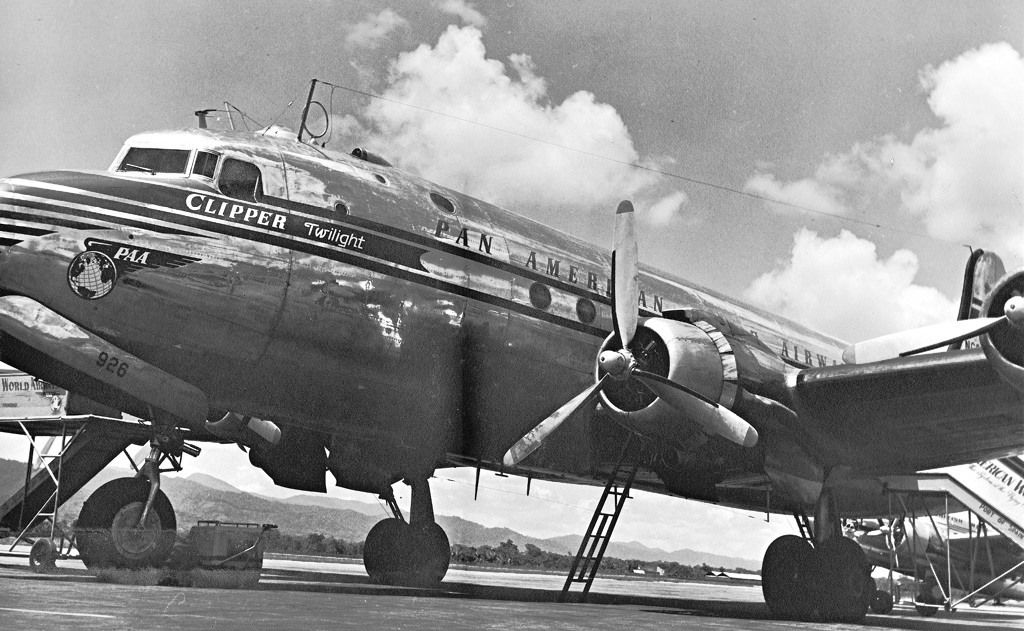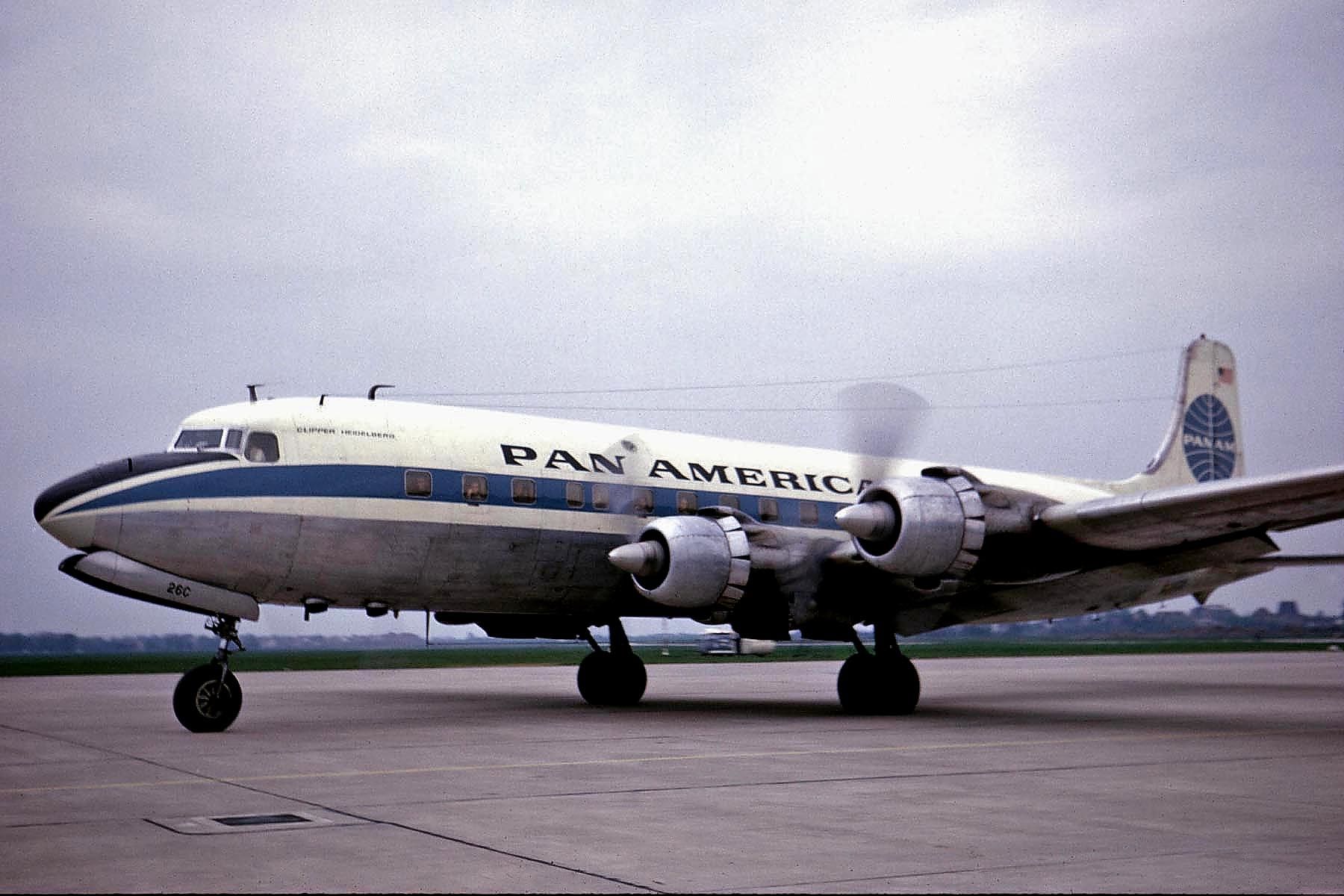Especially in the industry’s early days, traveling by air was a luxury. Not to say that it’s something everyone can afford today, but the bar has undoubtedly been lowered thanks in part to the various low-cost domestic and even long-haul international carriers. Though one airline, in particular, went against the grain in the mid-1940s and would revolutionize the way people traveled by aircraft.
Key players in lowering the cost of airfare
For much of the 20th century, Pan American World Airways, or Pan Am, was the premier airline out of the United States. The symbolic carrier was well known for many things, among them excellent service and luxurious first-class experiences for those lucky enough to be traveling by air. They were also notable for being a founding member of IATA, the International Air Transport Association.
Created in 1945, IATA began with 57 member airlines from around 31 nations. Today IATA features about 300 carriers from some 120 countries around the globe, with the mission to be the primary organization promoting healthy inter-airline cooperation, facilitating safe, reliable, secure, and economical services for passengers the world around.
Juan Trippe, Pan Am’s CEO from its inception in 1927 until 1968, had a brilliant idea to bring in more revenue. His vision involved a heightened value proposition by providing more seats than the competition and getting more people into the sky. In 1945, Pan Am acquired surplus Douglas DC-4s from the war and had plans to add even more long-range airliners for transatlantic service. Filled with seats, Mr Trippe announced low prices on air tickets one way from New York to London for around $256; still extravagant for the time, but certainly much cheaper than expected.
IATA, with their previously mentioned goal of fair and balanced play between airlines, did not appreciate Pan Am’s attempt at offering a better price for transatlantic flights. A one-way fare “should” be $375, with stable passenger traffic split more or less evenly between the airlines of the world.
Despite initial pushback, economy class travel was an inevitable next step
But after years of discussion between Pan Am and IATA, and its member airlines, in 1952, the deal had been sealed. On May 1st of that year, the “tourist” class was born, and all IATA member airlines could charge as little as $486 for a round-trip ticket across the pond. As mentioned by Conde Nast Traveler, this would still be a few thousand dollars in today’s economy, but from what was previously around $700 down around 30%, this was substantial.
In the early 1950s, Pan Am was able to get their hands on the then recently-produced Douglas DC-6, which would feature their first “economy” or “tourist” class, titled the “Rainbow Service.” And such transatlantic economy offerings were popular; with every airline.
Bookings were sold out months in advance as international air travel opened up to a broader audience than ever before. According to the Pan Am Historical Foundation, carriers fought to take off first, and even though the former American airline began the conversation, TWA and El Al had beat them to the punch, departing promptly at 00:01 and 00:09, respectively, before the Pan Am DC-6 and it’s Rainbow class took to the skies for London.
Sources: Pan Am Historical Foundation, cntraveler
"creation" - Google News
May 31, 2023 at 08:00AM
https://ift.tt/hl5d4O7
How Talks Between IATA & Pan Am Resulted In The Creation Of The First 'Tourist Class' Fares - Simple Flying
"creation" - Google News
https://ift.tt/xs358w9
https://ift.tt/yJOjwFR
Bagikan Berita Ini
















0 Response to "How Talks Between IATA & Pan Am Resulted In The Creation Of The First 'Tourist Class' Fares - Simple Flying"
Post a Comment